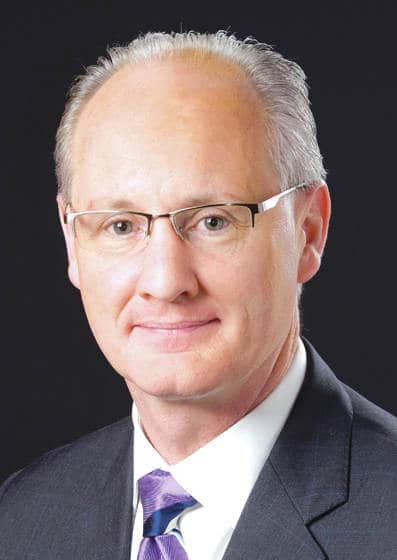
On March 13, 1988, Dr. I. Jordan King was elected as the first deaf president of Gallaudet University. Before this date, Gallaudet University, the first school for the advanced education of the deaf and hard of hearing in the world, had never selected a deaf individual as its president.
On April 15, 1817, the United States established its first permanent Deaf School, the Connecticut Asylum for the Education and Instruction of Deaf and Dumb Persons, now the American School for the Deaf in Hartford, Connecticut.
These are two momentous dates in American Deaf History, and they are the lifeblood of Senate Bill 27. Senate Bill 27 will designate the period beginning March 13 and ending April 15 as “Ohio Deaf History Month.” I find this to be an important step in raising awareness of deaf culture and history throughout our great state.
Deaf history is rich and complex, but not without adversity. Those born deaf in Ancient Greece faced extreme obstacles as a result of their condition. These individuals’ livelihood was limited entirely by the ignorance of others, as no avenue of communication had been developed at this time. Evidence of fingerspelling and hand-shape charts has been discovered from as early as 1620. American Sign Language, which has its roots in the early 19th century, contains echoes of the even older French Sign Language.
Still, the elaborate, vibrant, and at times difficult history of deaf culture is seldom given the acknowledgment it deserves or the advocacy it needs. My sister is a teacher of American Sign Language and introduced me to Deaf Culture. For others, the establishment of Ohio Deaf History Month will assist in increasing awareness of this deserving cause and the commendable community which it serves.
The history of deaf culture offers lessons beneficial to all. In deaf culture, one who is engaging in conversation is rarely interrupted by another until they give a visual indicator that they are finished with their remarks. This is the essence of productive conversation and a missing element to the incendiary dialogue of today. What’s more, the adaptivity and technological advances being made in deaf culture are especially noteworthy – this language and culture adapts to our changing world with just the same efficiency as any other, regardless of the obstacles that it faces in absence of spoken word.
Deaf individuals rely on vision as the most important sensory faculty used in communication. Facial expressions are a crucial facet of all sign languages, American or otherwise. This attests to perhaps the most noble strength about the community — human connection is most authentically seen, not heard.


